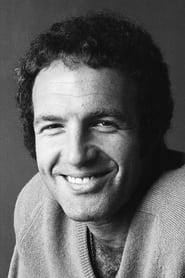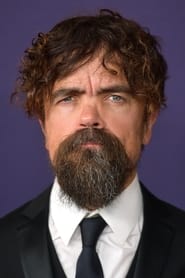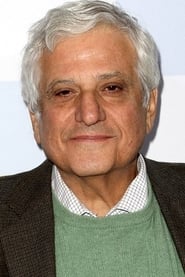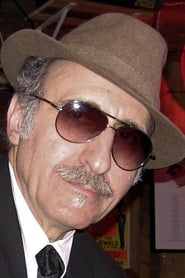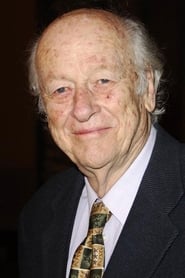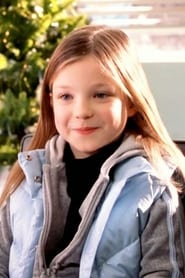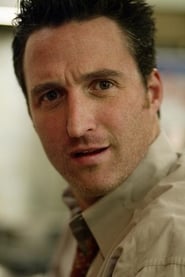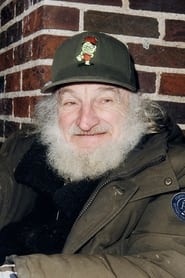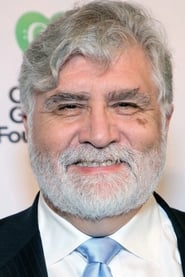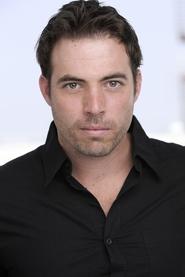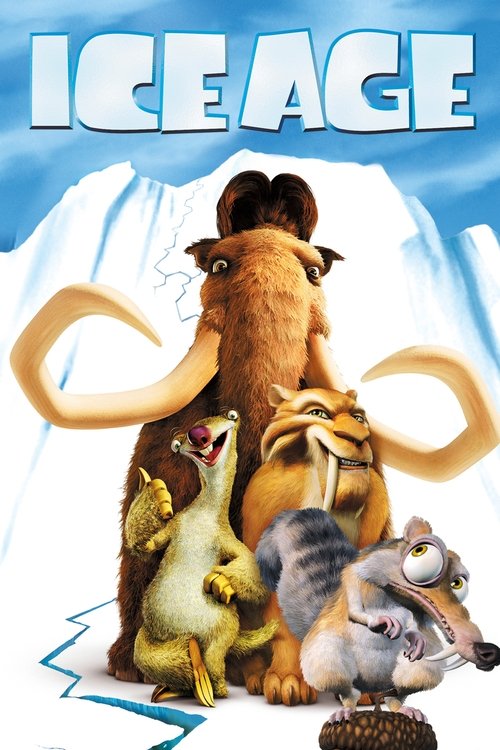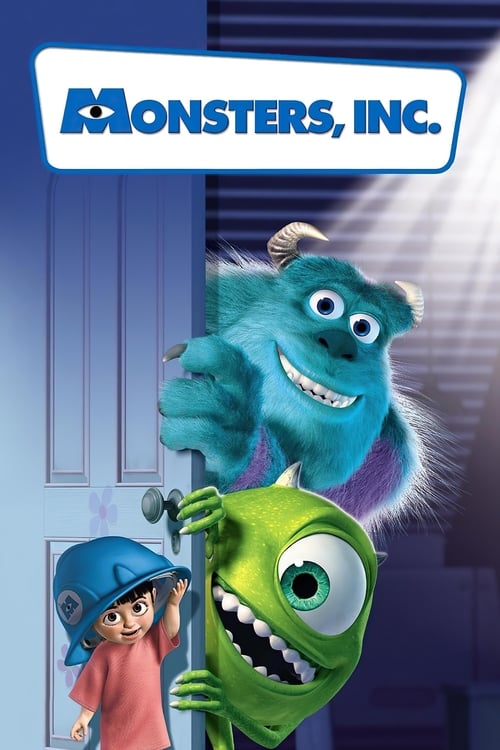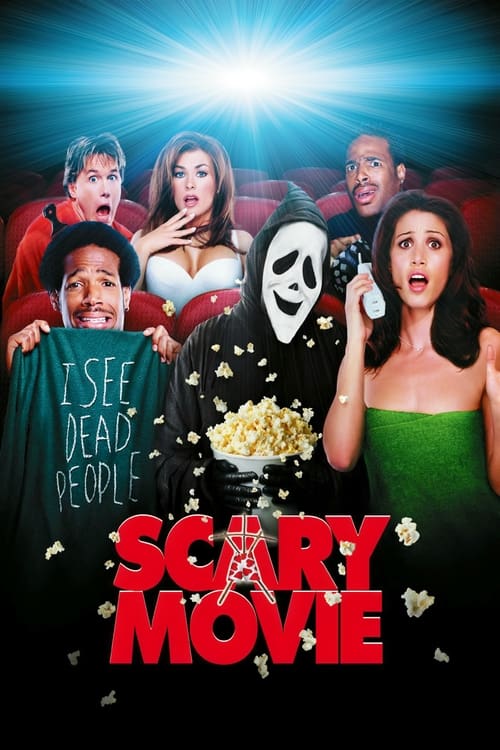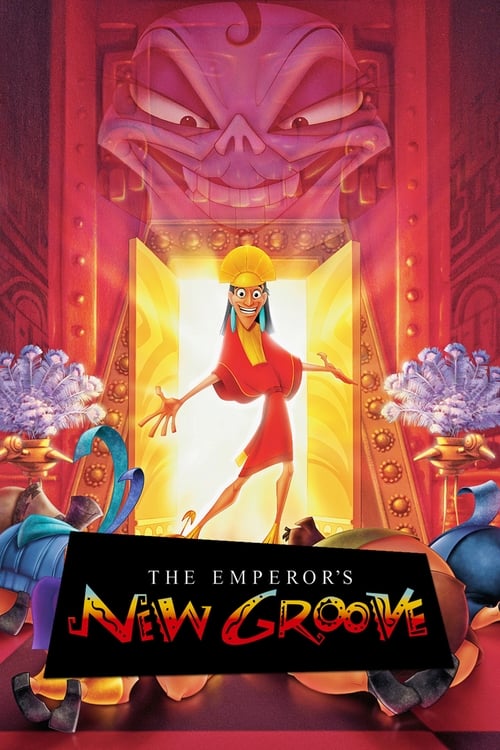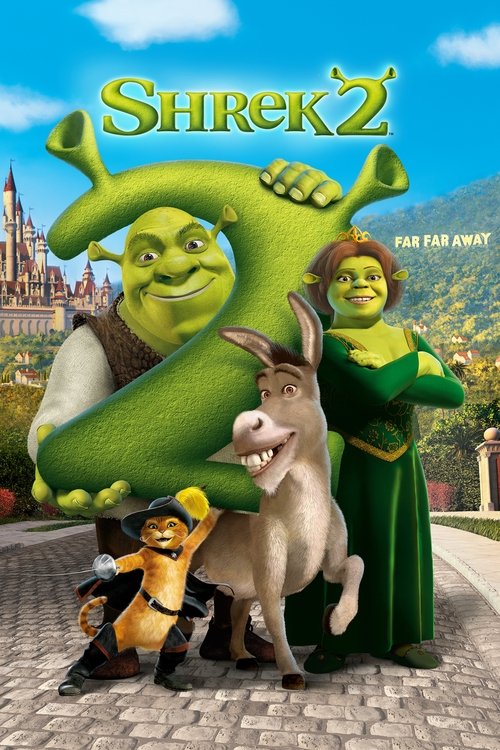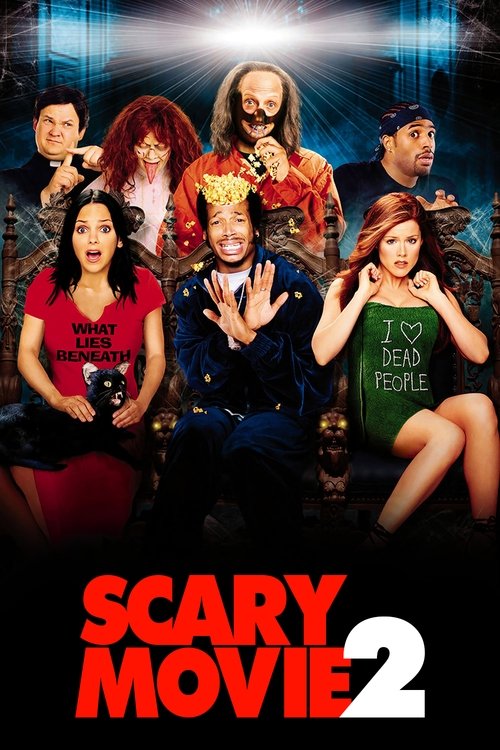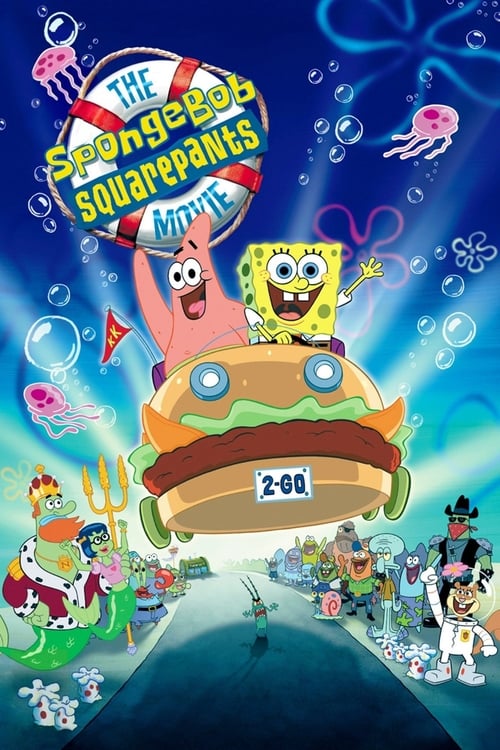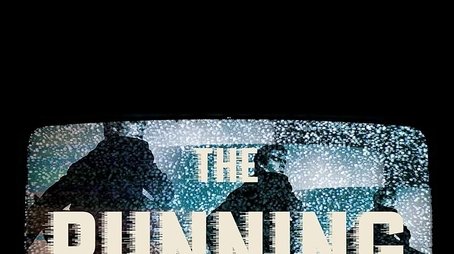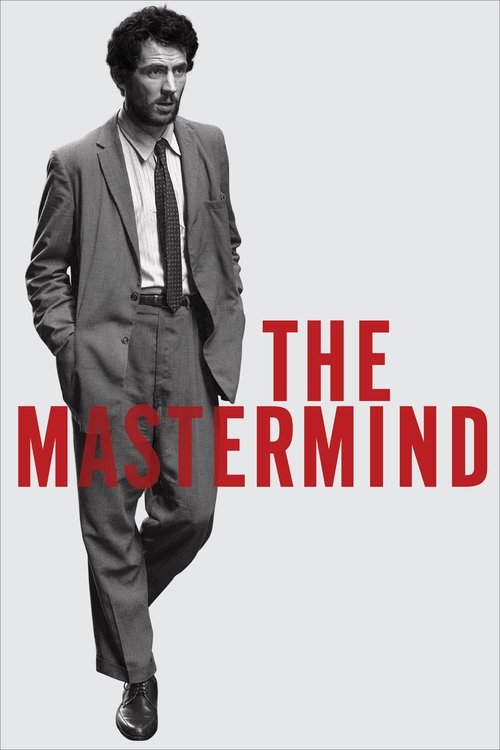
Ask Your Own Question
What is the plot?
On a cold Christmas Eve night, somewhere in an unnamed orphanage, a curious baby crawls away from the other children and into Santa Claus's sack, which is being loaded with presents. Unseen, the infant is carried all the way to the North Pole, where the elves discover him nestled among the gifts. They notice the brand label on his diaper--"Buddy"--and decide to name him after it. Papa Elf, a kindly figure among the elves, adopts the baby, raising him as one of their own in the magical workshop filled with toys, twinkling lights, and the hustle of Christmas preparations. Despite Buddy's enormous size and clumsy nature compared to the tiny elves, he grows up believing he is an elf, embracing their joyful spirit and innocence.
Years pass, and Buddy remains blissfully unaware of his true identity until one day Papa Elf sits him down and reveals the truth: Buddy is not an elf, but a human. His birth mother, Susan Wells, had put him up for adoption before she died, and his biological father is Walter Hobbs, a man who lives in New York City and works as a children's book publisher in the Empire State Building. Walter, however, has no idea Buddy exists. This revelation shakes Buddy's world, and with a heart full of hope and determination, he decides to leave the North Pole and journey to New York to find his father.
Buddy arrives in the bustling, gray metropolis of New York City, a stark contrast to the colorful and cheerful North Pole. He tracks Walter to his office high up in the Empire State Building, but Walter mistakes Buddy for a Christmas-gram messenger and brusquely ejects him, dismissing the strange man in elf attire. Undeterred, Buddy wanders into Gimbels department store, where he meets Jovie, a disillusioned and somewhat cynical store employee. Instantly smitten, Buddy's childlike enthusiasm and genuine warmth stand out in the cold urban environment.
Learning that Santa Claus is scheduled to visit the store the next day, Buddy spends the night decorating Gimbels into a dazzling winter wonderland, complete with twinkling lights, fake snow, and festive cheer. The next morning, Buddy's joy is shattered when he discovers the store's Santa is just a man in costume, a fraud who disappoints the children. Unable to contain his disappointment, Buddy exposes the fake Santa, triggering a chaotic brawl among employees and customers. The manager quickly breaks up the fight, but Buddy's good intentions land him in jail.
Walter, reluctantly informed of Buddy's arrest, bails him out. Still skeptical, Walter agrees to a DNA test, which confirms that Buddy is indeed his biological son. Confronted with undeniable proof, Walter brings Buddy home to meet his wife Emily and their young son Michael. The household is tense; Walter and Michael are unnerved by Buddy's eccentric behavior and unfiltered innocence, while Emily insists they care for Buddy until he "recovers" from whatever is troubling him.
Buddy's presence disrupts the family's routine, but Michael quickly bonds with his new half-brother. Together, they face a gang of bullies in a memorable snowball fight that ends with Buddy and Michael victorious, forging a genuine brotherly connection. Michael also helps Buddy summon the courage to ask Jovie out on a date, deepening Buddy's ties to the city and its people.
Meanwhile, Walter struggles with accepting Buddy as his son. His initial rejection and frustration give way to confusion and, finally, reluctant acceptance as Buddy's genuine kindness and Christmas spirit begin to influence the family. Emily grows fond of Buddy's innocence, and even Walter starts to soften.
As Christmas Eve arrives, the city's Christmas spirit has waned, threatening Santa's ability to deliver presents. Buddy, embodying unwavering cheer and hope, rallies the city's people, inspiring them to embrace the true meaning of Christmas. His infectious joy restores the magic necessary for Santa's sleigh to take flight.
In the film's climax, Buddy's efforts culminate in a heartwarming scene where the family, now united and joyful, celebrates Christmas together. Buddy and Jovie's budding romance flourishes, Walter fully embraces his role as Buddy's father, and Michael enjoys the newfound family harmony. The movie closes on a scene of warmth and togetherness, with Buddy happily integrated into his family and community, symbolizing the triumph of love, acceptance, and Christmas spirit.
Throughout the story, no character dies, and all confrontations--whether the chaotic brawl at Gimbels, the emotional clashes between Buddy and Walter, or the snowball fight with bullies--end without lasting harm. The major revelations, including Buddy's true parentage and the exposure of the fake Santa, propel the narrative forward, culminating in a joyful resolution where everyone learns the importance of family and belief.
This complete narrative of Elf (2003) captures every major plot point, character arc, confrontation, and emotional moment, from the mysterious beginning at the orphanage through to the heartwarming Christmas finale in New York City.
What is the ending?
The ending of "Elf" sees Buddy the Elf rallying the citizens of New York City to help him save Christmas when Santa's sleigh is unable to take off due to a lack of Christmas spirit. They gather and sing Christmas carols, reviving the spirit that powers Santa's sleigh, allowing Santa to complete his journey.
In an expanded narrative, the climax of the movie unfolds as Buddy learns that Santa's sleigh isn't flying because it lacks Christmas spirit. In the midst of New York City, where Christmas cheer seems dimmed, Buddy springs into action. He realizes that the key to saving Christmas is to spark joy and belief in the hearts of people around him.
As Buddy spreads holiday cheer, he encounters a range of characters, including his father Walter, who has been initially focused on work rather than the spirit of Christmas. Walter, witnessing Buddy's unwavering positivity and determination to save Christmas, begins to soften. He joins Buddy in his efforts, realizing the importance of family and holiday spirit.
The streets of New York come alive with the sounds of Christmas music as Buddy encourages everyone he meets to join in the festive spirit. People start to gather, drawn in by Buddy's joy and infectious enthusiasm. They sing together, their voices rising in a chorus that fills the air with warmth and hope.
Meanwhile, Santa Claus is in distress, unable to take off without the required spirit of belief. The sleigh sits on the ground, a symbol of the Christmas magic that is faltering. As the crowd continues to sing and share their love for Christmas, glimmers of belief begin to shine. One by one, they rediscover the joy of the season, inspired by Buddy's relentless dedication to spreading Christmas cheer.
Amidst the jubilant throng, we see transformed characters, including Buddy's brother Michael, who joins in with gusto, and even his father Walter, whose heart has finally opened to the spirit of the holidays. It's a striking moment that encapsulates the film's message about the power of belief, love, and togetherness.
As the crowd continues to sing, the sleigh suddenly lifts from the ground, a testament to the revitalized spirit that now fills the city. With glee and amazement, Buddy and the citizens watch as Santa's sleigh takes flight, with Santa himself filled with gratitude for Buddy's efforts.
In this climactic moment, the chaos of New York gives way to the magic of Christmas. The visuals are vibrant, capturing the joy and wonder that radiate from both the characters and the audience. Buddy beams with pride and joy, knowing that he played a crucial role in saving Christmas.
In the concluding scenes, we see the aftermath of this joyous event, showing families reunited and the Christmas spirit restored throughout the city. Buddy's relationship with his father becomes stronger, embracing the theme of family that runs through the film. The final moments are filled with laughter, love, and the fulfillment of Christmas spirit, leaving audiences with a sense of hope and warmth as the screen fades to black.
Is there a post-credit scene?
In the movie "Elf," produced in 2003, there is no post-credit scene. The film concludes with a heartwarming finale where Buddy the Elf, played by Will Ferrell, successfully spreads Christmas cheer and helps save the holiday spirit. After the climax, the story wraps up with a joyful celebration, and the credits roll without any additional scenes or content following them. The focus remains on the uplifting message of love, family, and the importance of believing in the magic of Christmas.
What is Buddy's journey to New York City like?
Buddy, a human raised by elves at the North Pole, embarks on a journey to New York City to find his biological father, Walter Hobbs. His journey is filled with excitement and wonder as he navigates the bustling city, which is starkly different from the snowy, magical world of the North Pole. He is overwhelmed by the sights and sounds, from the towering skyscrapers to the busy streets filled with people. His childlike innocence leads to humorous encounters, such as mistaking a department store for a toy store and causing chaos in a coffee shop when he enthusiastically greets strangers.
How does Buddy react when he discovers he is not an elf?
When Buddy learns that he is not an elf but a human, he is initially devastated. This revelation comes after he overhears a conversation between his father, Walter, and his boss, where Walter expresses his disbelief about Buddy being his son. The emotional weight of this moment hits Buddy hard, as he grapples with his identity and the love he has for his adoptive family. He feels a deep sense of loss and confusion, which propels him to seek out his father in New York City, hoping to find a place where he truly belongs.
What is the significance of Buddy's relationship with Jovie?
Buddy's relationship with Jovie, a department store worker, is significant as it represents his first real connection with a human outside of his elf family. Initially, Jovie is skeptical of Buddy's eccentric behavior and childlike enthusiasm, but as they spend time together, she begins to see his genuine heart and innocence. Their relationship evolves from awkward encounters to a romantic bond, showcasing Buddy's ability to bring joy and warmth to those around him. Jovie's transformation, inspired by Buddy's unwavering spirit, culminates in her joining him in spreading Christmas cheer, highlighting the impact of love and acceptance.
What challenges does Walter Hobbs face in the story?
Walter Hobbs, Buddy's biological father, faces significant challenges throughout the story, primarily stemming from his workaholic nature and strained family relationships. As a successful but stressed-out children's book publisher, Walter is initially dismissive of Buddy's arrival and the chaos he brings. He struggles to balance his demanding job with his responsibilities as a father, often prioritizing work over family. This internal conflict leads to moments of frustration and realization, especially as he witnesses Buddy's unwavering belief in the Christmas spirit, ultimately prompting Walter to reassess his values and reconnect with his family.
How does Buddy's love for Christmas manifest throughout the film?
Buddy's love for Christmas is a central theme in the film, manifesting in his exuberant personality and childlike wonder. From the moment he arrives in New York City, Buddy spreads Christmas cheer through his infectious enthusiasm, whether he is decorating a department store, singing loudly in public, or helping others embrace the holiday spirit. His belief in Santa Claus and the magic of Christmas is unwavering, leading him to take bold actions, such as attempting to save Christmas when he learns that Santa's sleigh is in trouble. Buddy's passion for the holiday serves as a catalyst for change in those around him, inspiring them to rediscover the joy and meaning of Christmas.
Is this family friendly?
Yes, "Elf" is generally considered a family-friendly movie. The film features humorous and whimsical content appropriate for children. However, some scenes may include mild language and themes that could be sensitive for very young or sensitive viewers, such as references to adult situations or feelings of loneliness. Overall, these elements are presented in a light-hearted manner, and the overall tone of the film is positive and uplifting.




